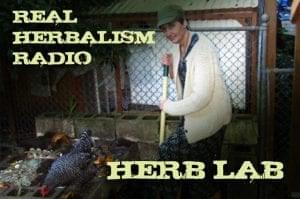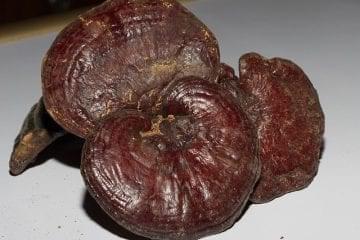Christina Sanchez
Christina raised in the rural community of Oasis, Ca. in Eastern Coachella Valley has a fondness of arid desert landscapes. Christina has found herself reunited with the flora that her desert dwelling ancestors had used. She is a desert advocate and environmentalist.
Christina, a bio-regional herbalist, trained in field botany and ecology studied field botany - ecology and clinical herbalism at Columbines School of Botanical Studies, Traditional Western Herbalism at Green Wisdom Herbal Studies and the Wise Woman Tradition, Folk Medicine, Plant Spirit Medicine at Gaia School of Earth Healing. Her education continues as she expands her studies in ecology.
Christina offers hands-on herbalism workshops, Plant ID hikes, nature hikes, plant surveys, herbal consultations and host grassroots community clean-ups of wild spaces.
She also crafts small batch botanical remedies using cultivated flora of the Mojave, Sonoran Desert and recently expanding to flora of the Pacific North West.







